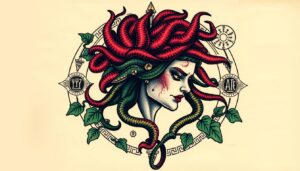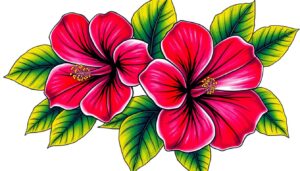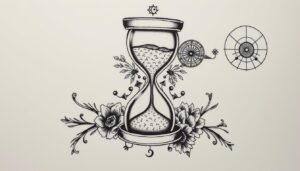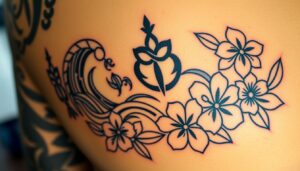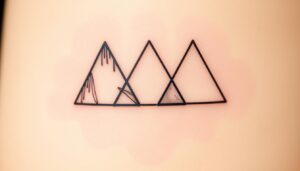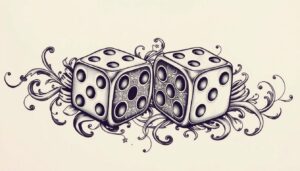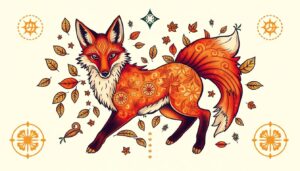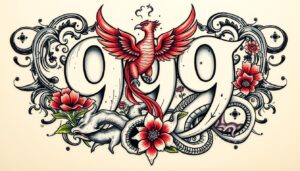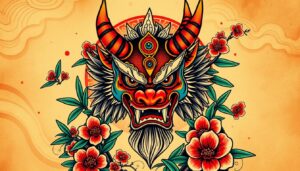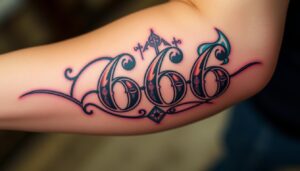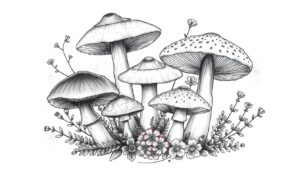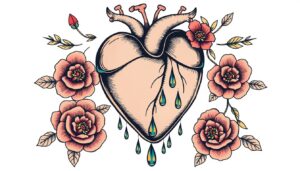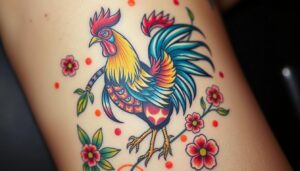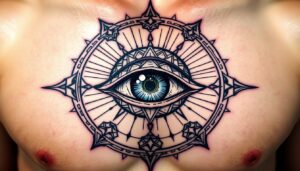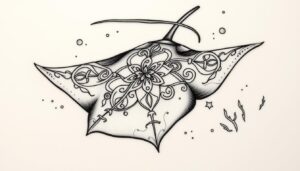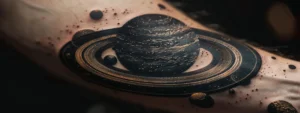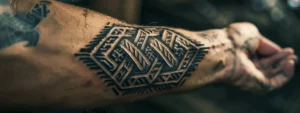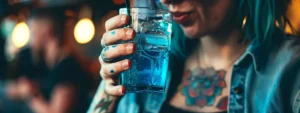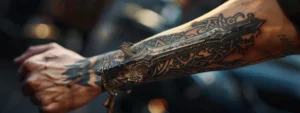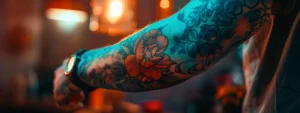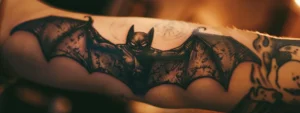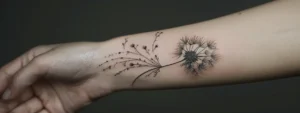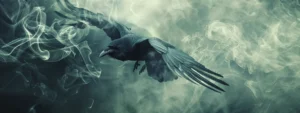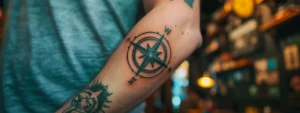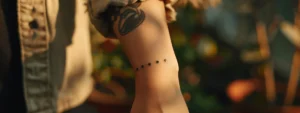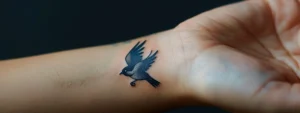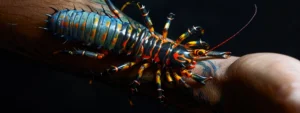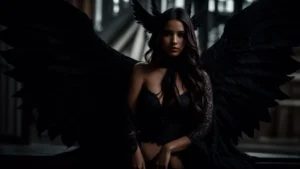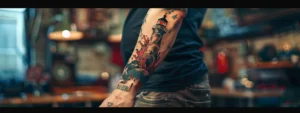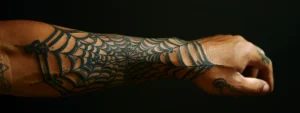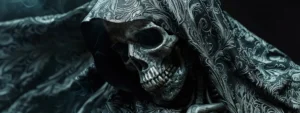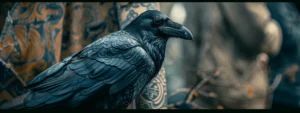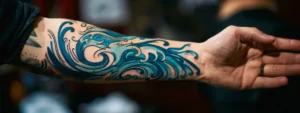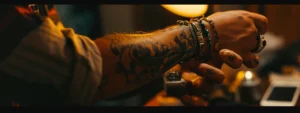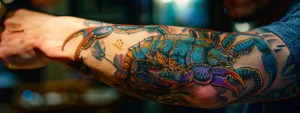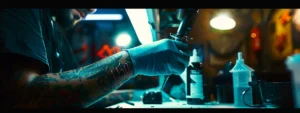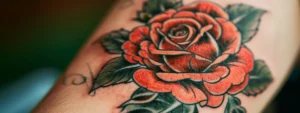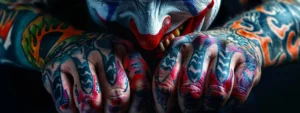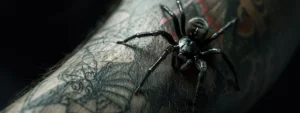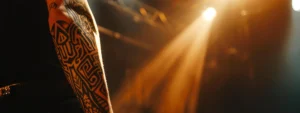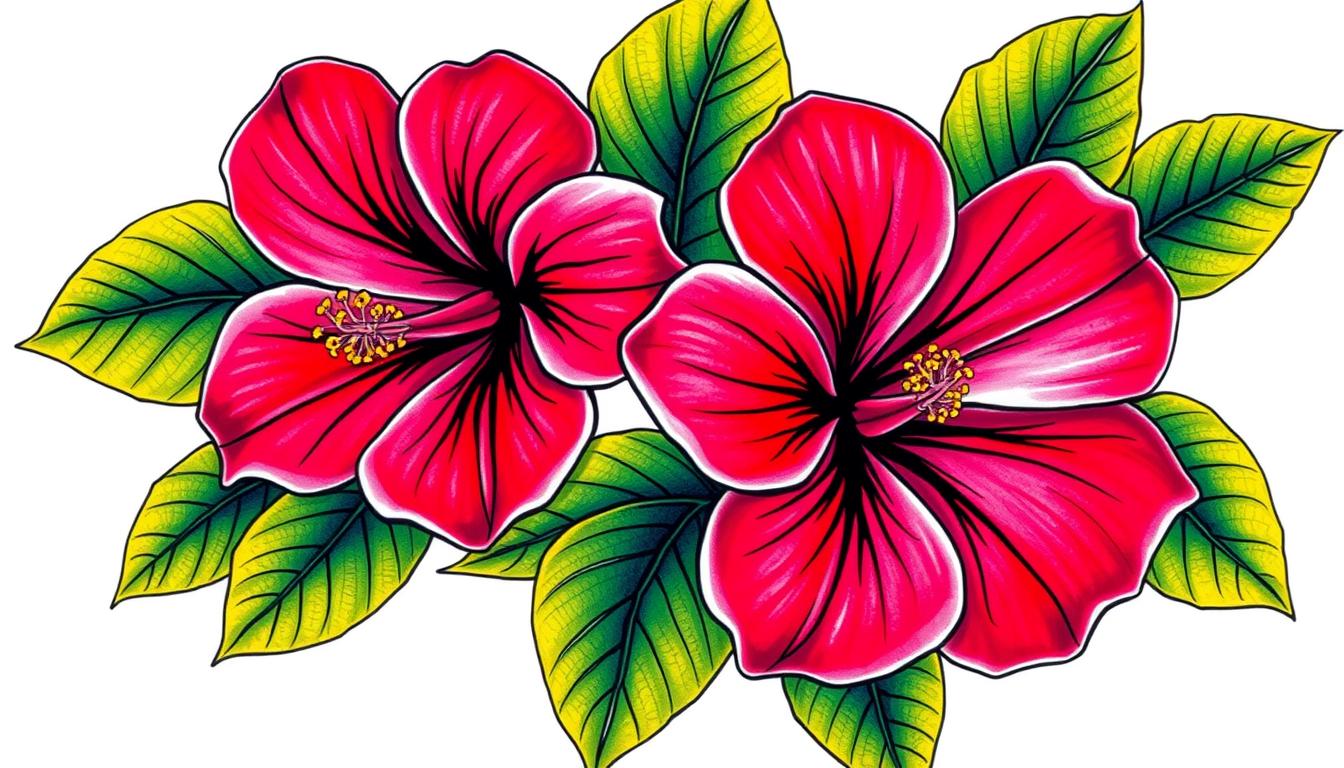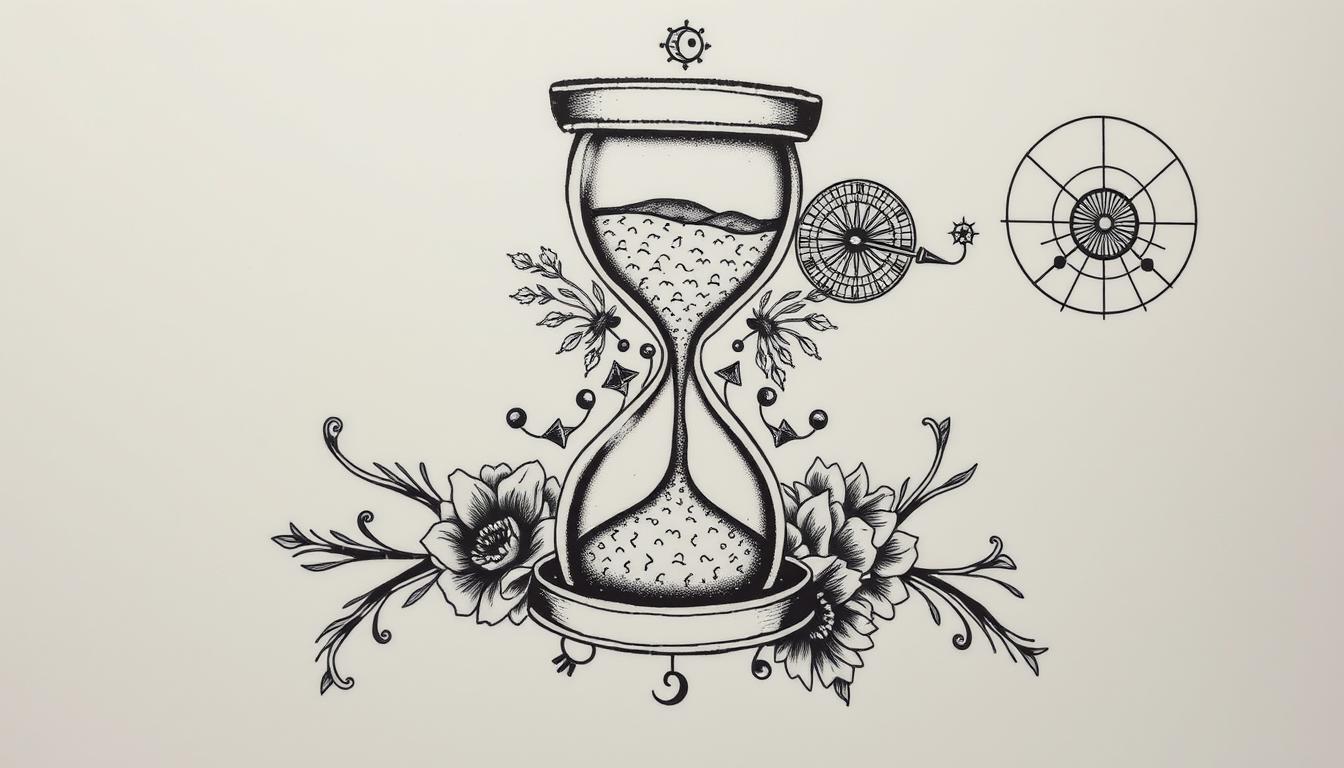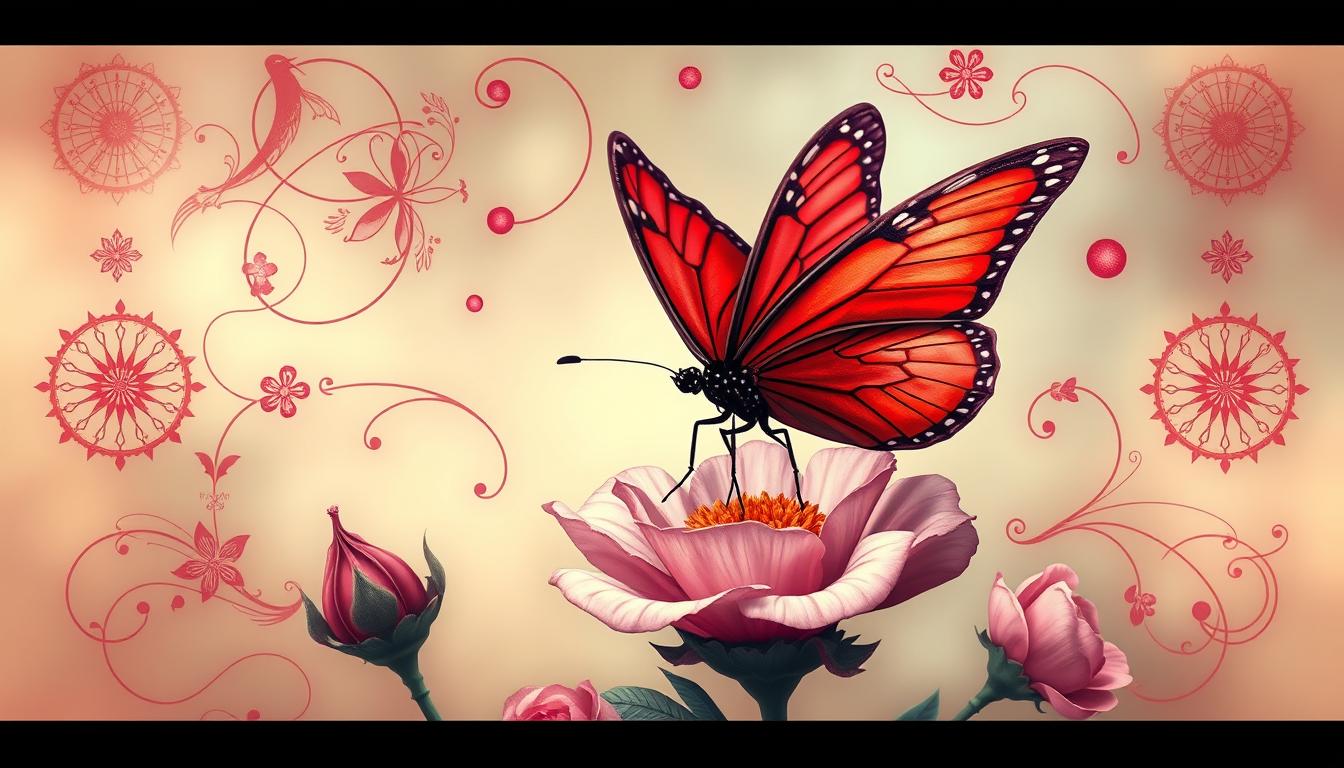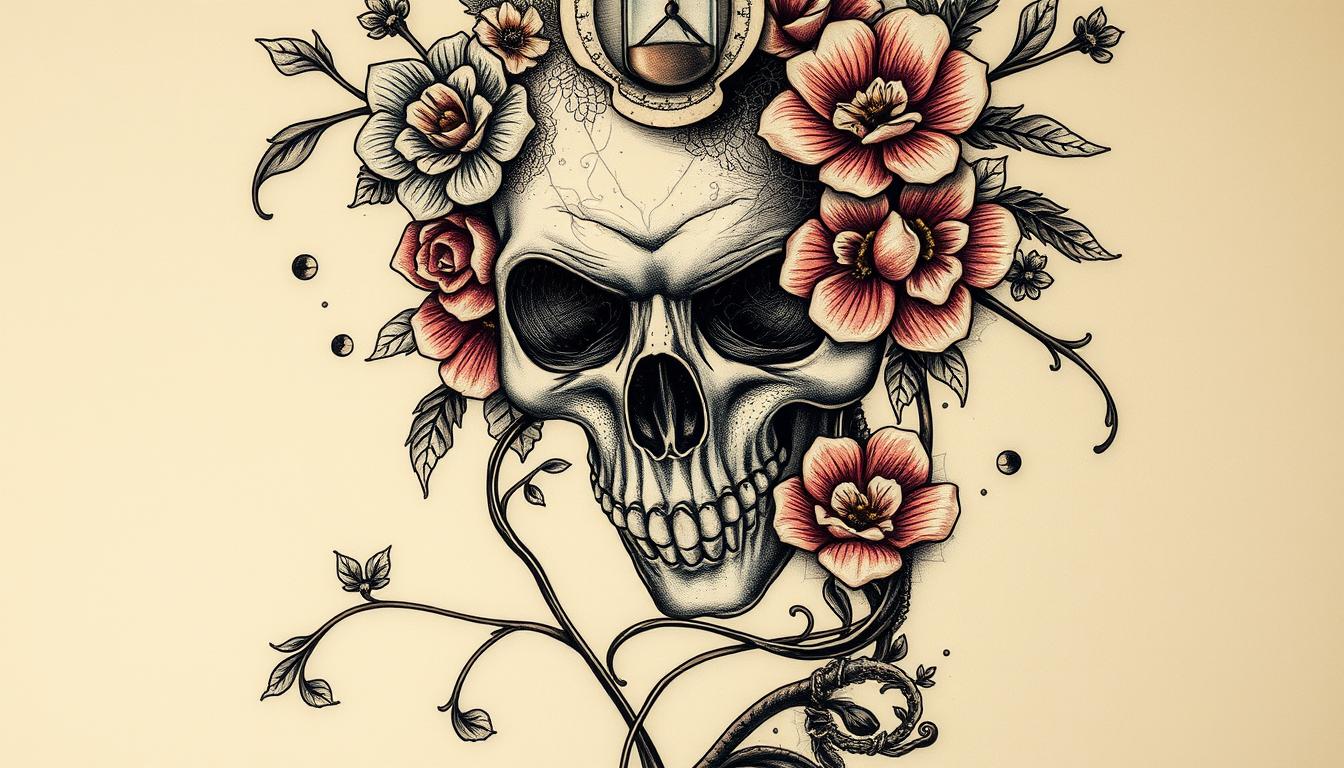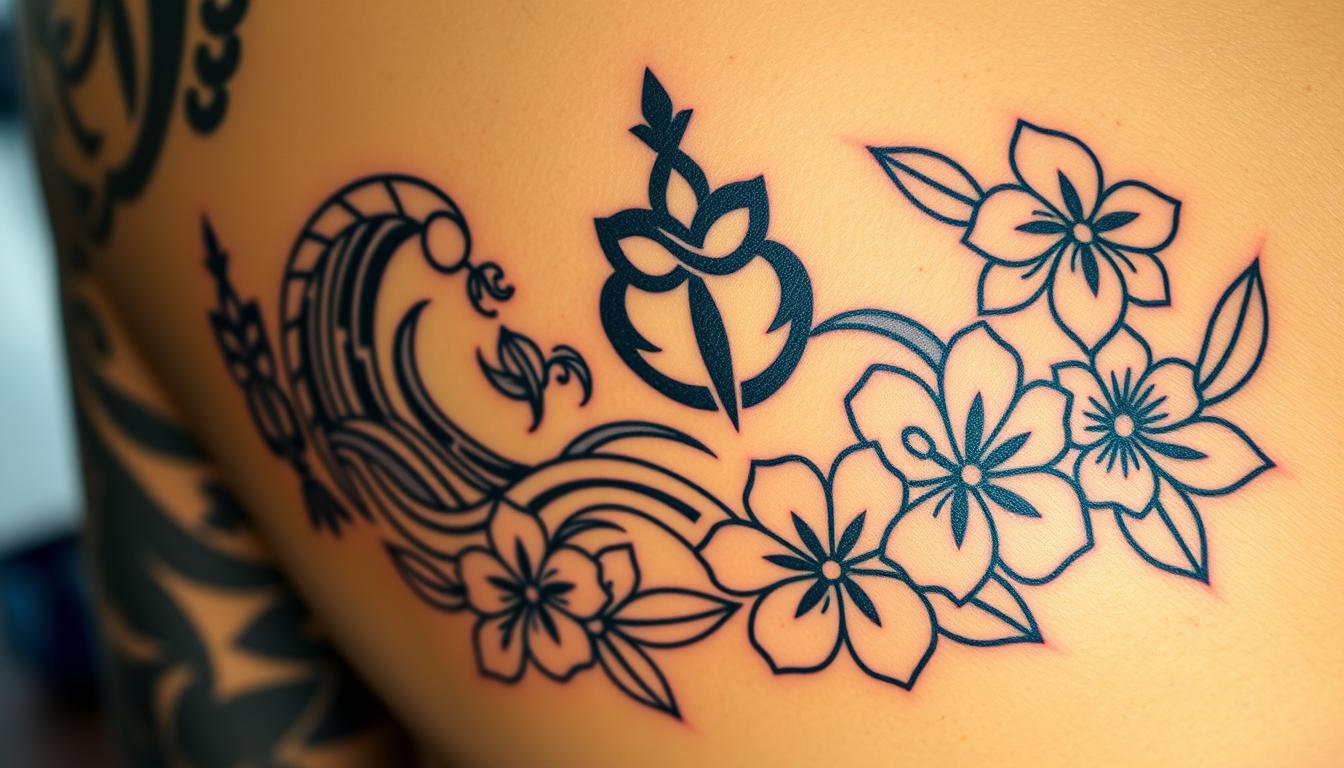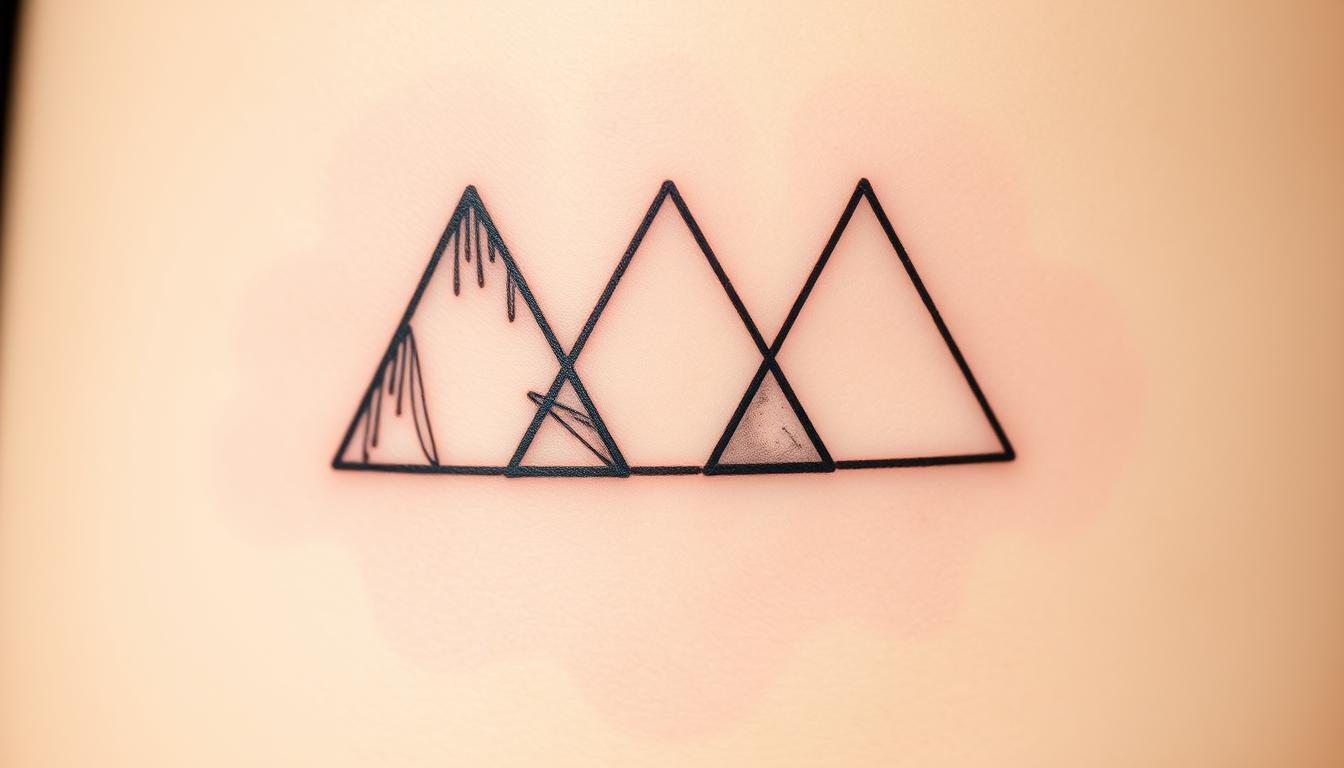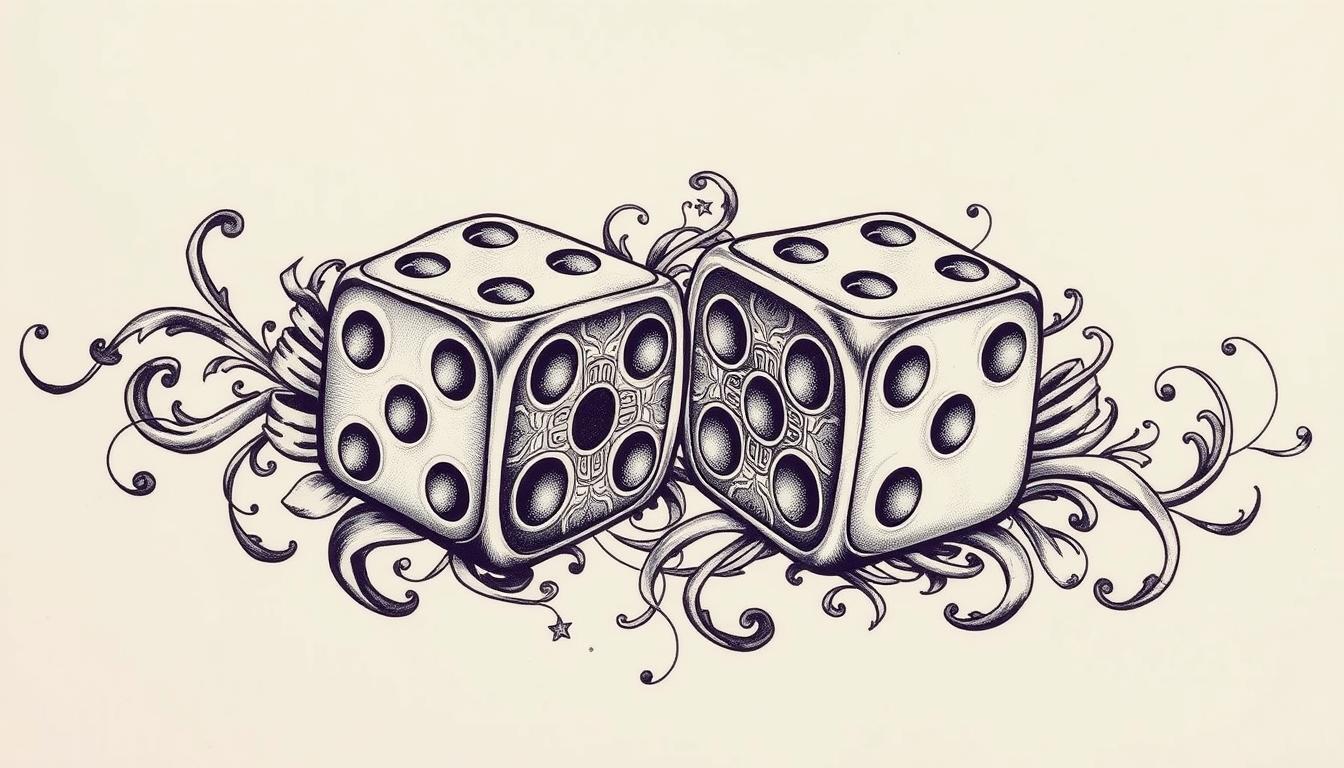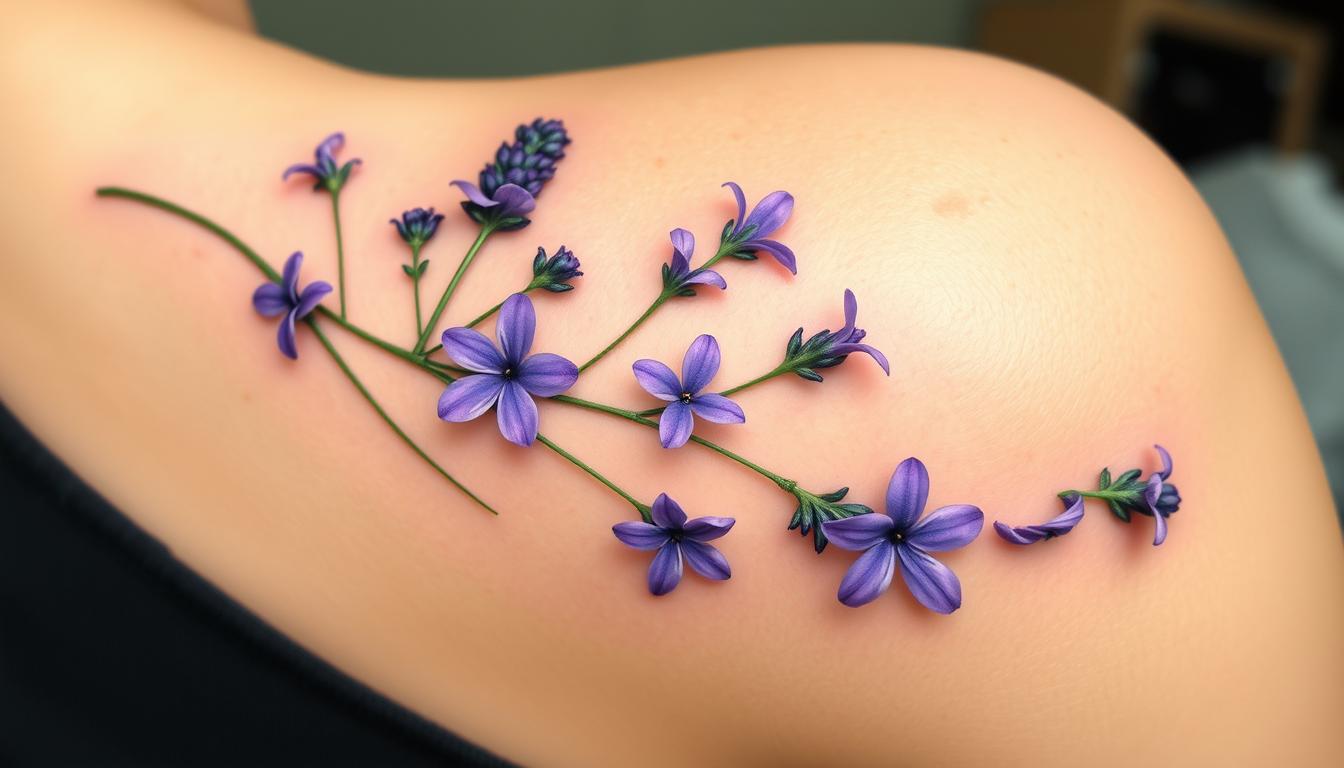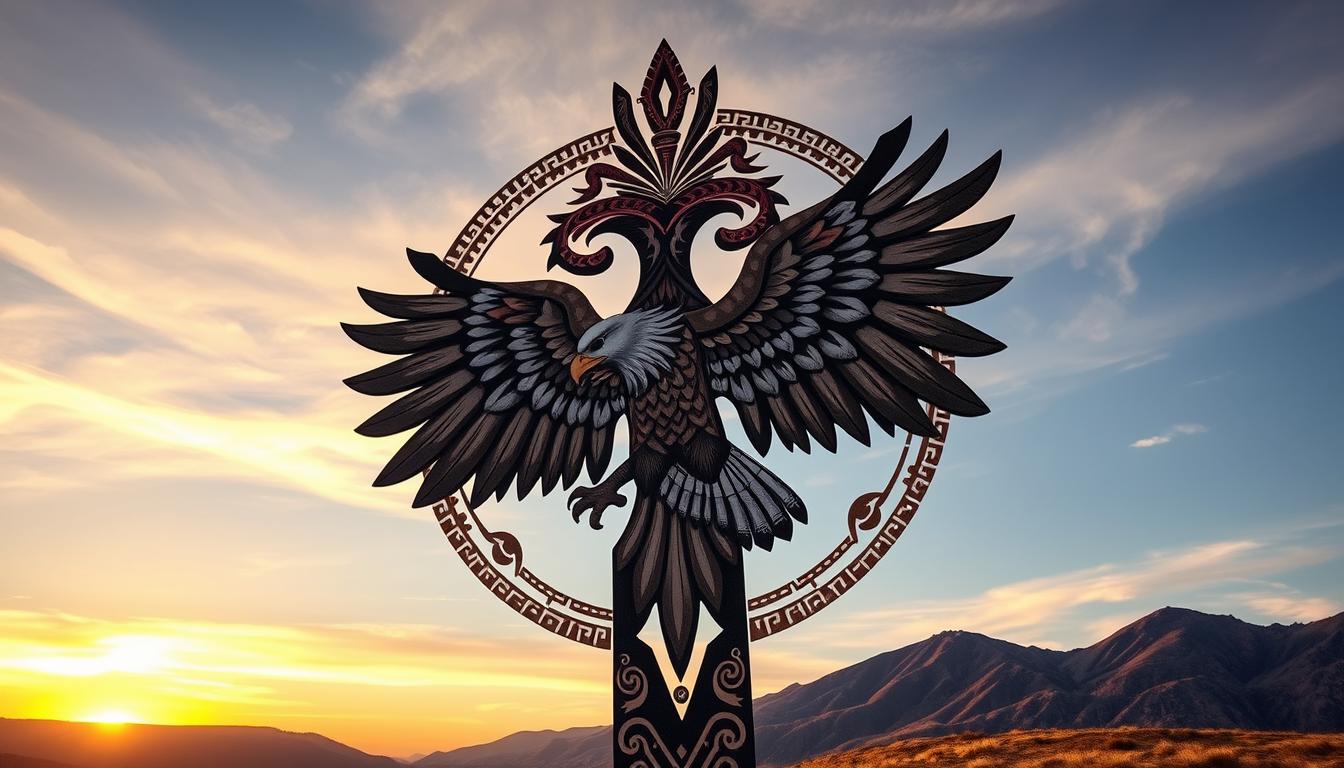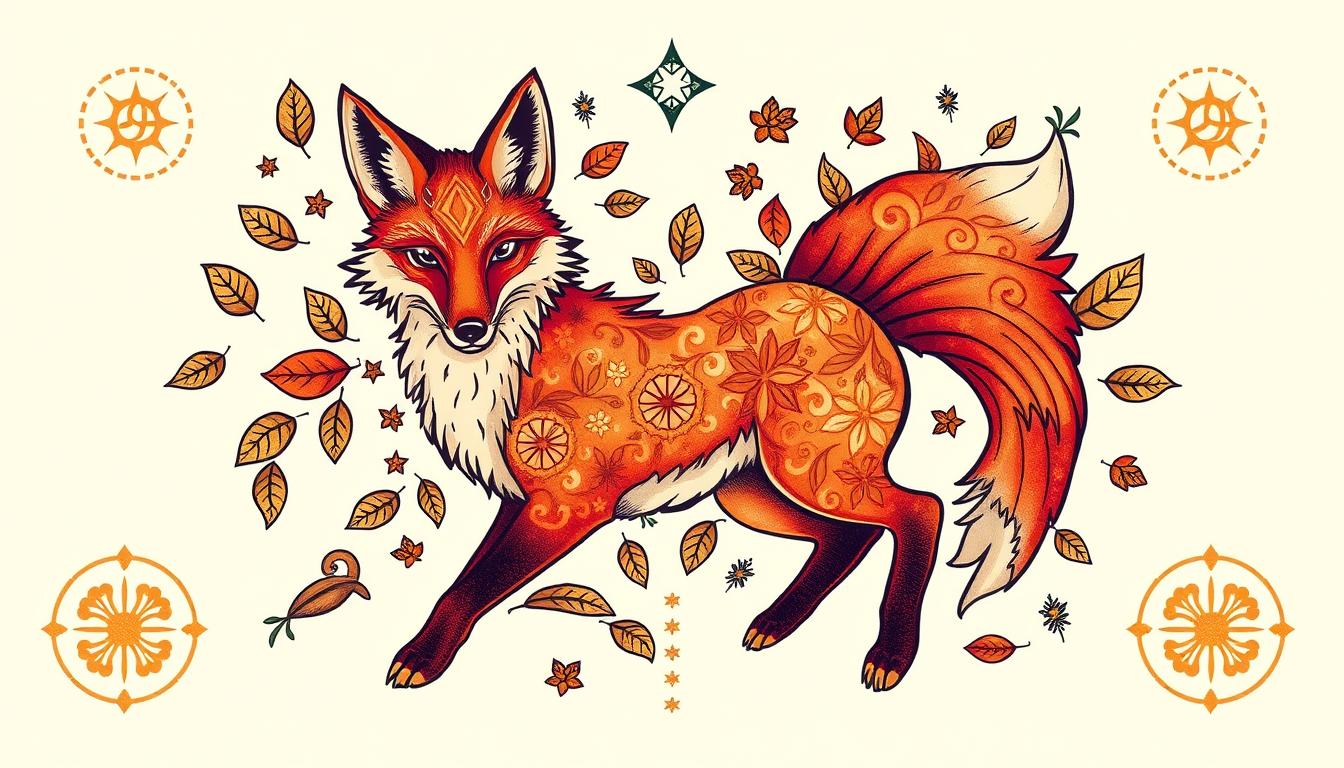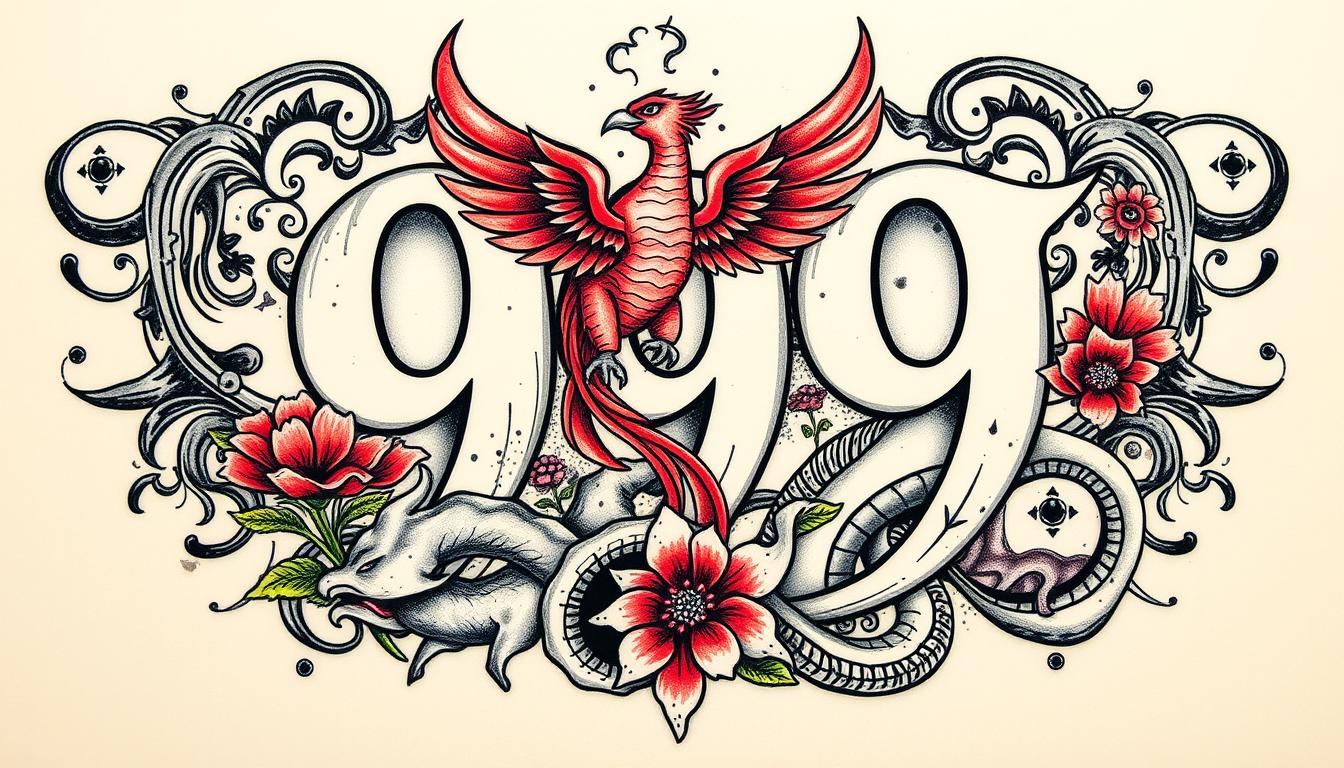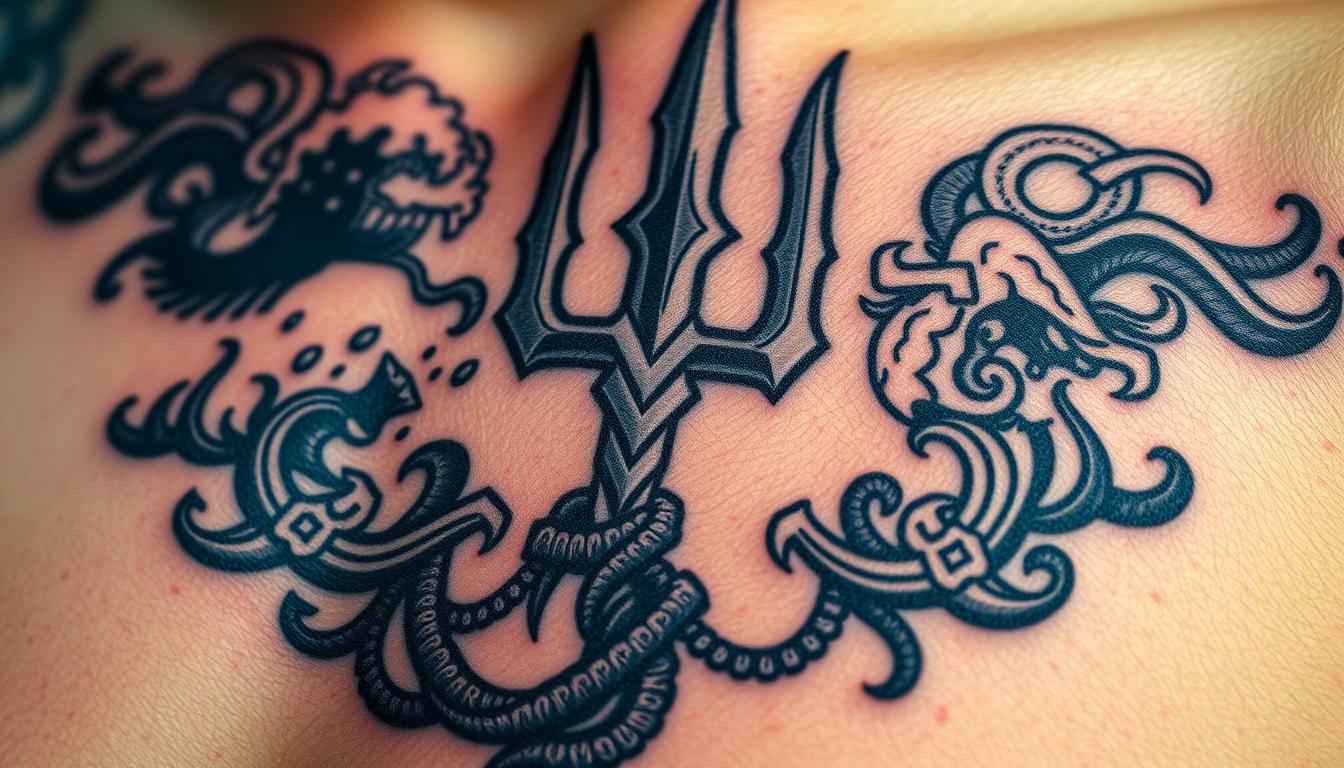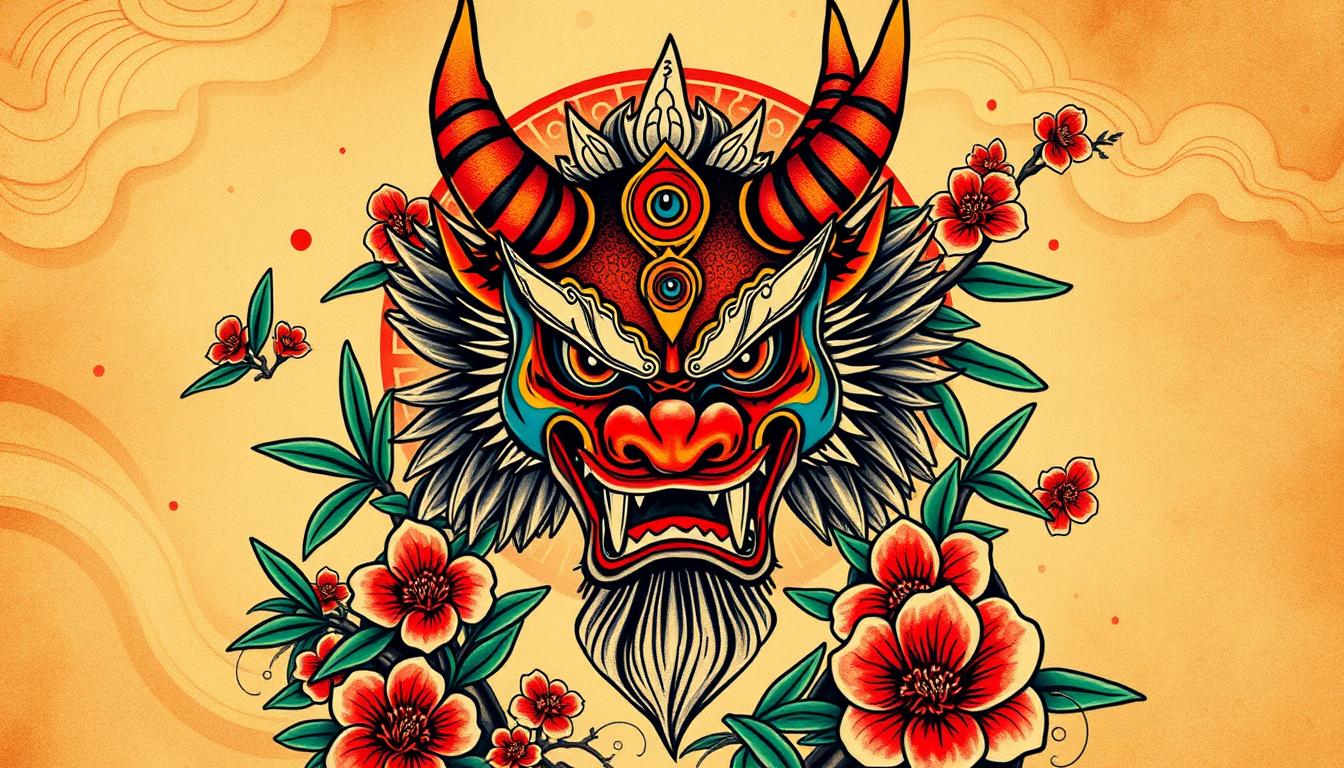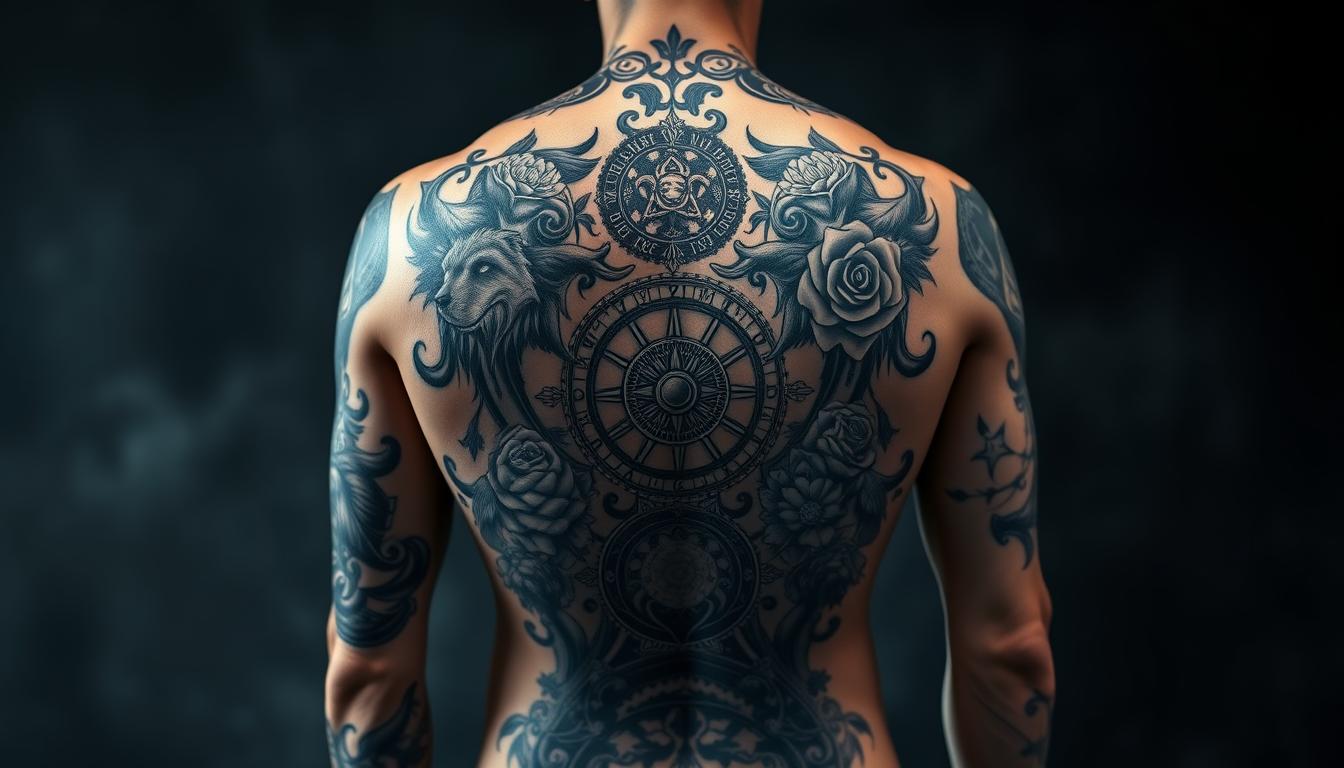The crying heart tattoo has been a favorite in Western tattooing for over a century. It stands for deep emotions like heartbreak, pain, and the end of love. It’s often linked to Bert Grimm, a legendary artist, and remains a top pick for those wanting to show their love and loss stories.
This tattoo symbolizes a wide range of feelings, from deep sadness to healing. It shows the wearer’s emotional journey and their ability to feel deeply. It’s about letting go of emotions and moving forward, showing empathy and compassion.
Key Takeaways
- The crying heart tattoo symbolizes a range of emotions, including heartbreak, pain, healing, and emotional depth.
- The design is often chosen as a representation of love met with loss or rejection, reflecting personal experiences with heartache.
- The tattoo can convey various emotions beyond romantic relationships, such as sadness, suffering, or longing.
- The crying heart tattoo has a rich history, tracing its origins to the early twentieth century and the influence of legendary artist Bert Grimm.
- The design has experienced a resurgence in popularity, with diverse interpretations and customization options to reflect individual meanings and personal narratives.
Understanding the History of Crying Heart Tattoos
The crying heart tattoo has a rich history in Western tattooing. It started in the early 20th century and quickly became popular. Bert Grimm, a famous tattoo artist, played a big role in its rise.
Origins in Western Tattooing
In the early 1900s, crying heart tattoos became a big deal in Western tattooing. They showed a heart crying, symbolizing love, loss, and staying strong. This made them a favorite among those who loved deep meanings in tattoos.
Bert Grimm’s Influence
Bert Grimm made the crying heart tattoo famous. He started tattooing at 12 and worked in many places, like Chicago and China. His designs, like weeping hearts, are still loved today.
Evolution Through the 20th Century
Over the years, the crying heart tattoo has kept its emotional power. It’s not just about heartbreak anymore. It also stands for growth, healing, and remembering. As tattoo culture has changed, so has the crying heart design.
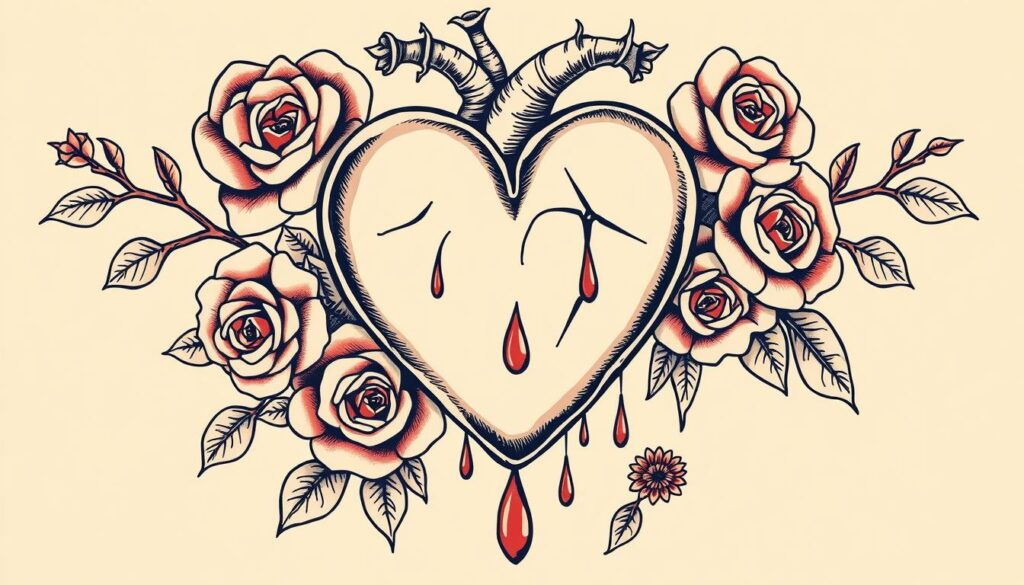
The Cultural Impact of Traditional Heart Tattoo Designs
Traditional heart tattoo designs, like the crying heart, have deeply influenced culture. These symbols are now a big part of the tattoo world. They share emotions and experiences among different groups.
The crying heart design has grown beyond just showing sadness. It’s now seen in many art forms and tattoo styles. Its lasting appeal shows in classic sailor’s tattoos and bold American traditional designs.
Traditional tattoos, like anchors for stability and swallows for sea experience, show their cultural value. Animal tattoos, such as panthers and pinup girls, also mark specific subcultures. They show personal connections and admiration for certain qualities.
The comeback of traditional tattoo styles, like American traditional and neo-traditional, has made heart designs even more important. These new takes honor the history of tattoo art. They keep the symbol’s evolution and appreciation alive.
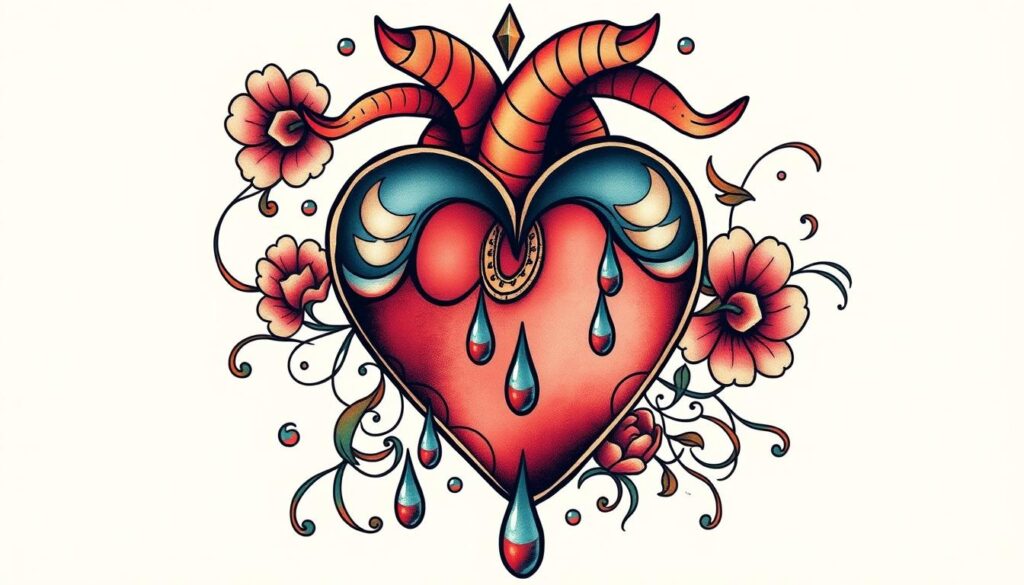
Heart tattoos serve as memorials, signs of personal growth, or bold statements of identity. Their lasting appeal and flexibility have made them key in the tattoo world. They connect people and communities through body art.
Crying Heart Tattoo Meaning: Emotional Symbolism Explained
The crying heart tattoo is a powerful symbol. It speaks to those who have felt heartbreak, grown personally, or want to honor a loved one. This design holds deep emotional meaning, showing the complex human experience.
Representation of Heartbreak
The crying heart tattoo shows the pain of a broken heart. The tears symbolize the deep pain and vulnerability from losing a loved one or a relationship. It reminds the wearer to face and deal with their grief.
Personal Growth and Healing
But, the crying heart tattoo also means growth and healing. Getting this tattoo can be a way to turn pain into strength. It shows the wearer’s ability to get through tough times and come out stronger.
Memorial and Remembrance Significance
This tattoo also has deep meaning as a memorial. For those who have lost someone, it’s a lasting tribute. The tears show the grief, while the heart represents the love that stays forever.
The meaning of a crying heart tattoo is very personal. It can mean heartbreak, growth, or remembering a loved one. This design holds deep emotional significance for those who have faced life’s challenges.
Traditional Style Elements in Crying Heart Tattoos
The tear drop heart tattoo is a classic design rooted in traditional American tattoo art. It features bold, striking elements that make it visually stunning and emotionally powerful.
The heart shape is at the center of the design. But it’s not just any heart. It has teardrop-like shapes flowing from the eyes, showing sorrow and heartbreak. The lines are thick and solid, giving it a sense of strength.
Vibrant colors are key in traditional crying heart tattoos. Rich reds, deep blues, and vivid blacks bring the design to life. Colors often extend beyond the heart, adding roses, banners, and flames to emphasize the emotions.
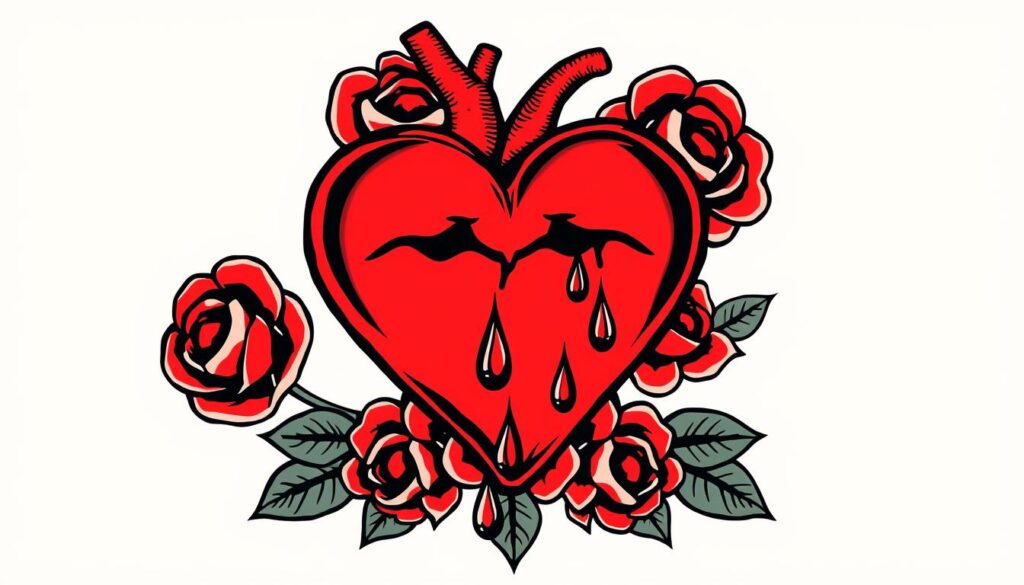
The traditional tear drop heart tattoo shows the lasting charm of classic tattoo styles. It combines bold lines, vibrant colors, and timeless imagery. These designs capture the human experience of love, loss, and perseverance in a striking and impactful way.
Popular Placement Options for Crying Heart Designs
Crying heart tattoos are versatile, fitting many body parts. They can be found on the chest, arms, legs, and back. Each spot offers a unique way to express personal stories and emotions.
Common Body Locations
The chest is a favorite for crying heart tattoos. It’s a spot where the design can be seen clearly and make a strong statement. Arms, like the forearm or upper arm, are also popular. They let you show off or hide your tattoo as you wish.
Leg tattoos, especially on the thigh or calf, are bold and eye-catching. They’re perfect for those who want a striking design.
Size Considerations
Crying heart tattoos come in all sizes. Small designs are great for a subtle look. Larger ones are striking and detailed.
The size affects how much detail you can add. It lets artists express themselves fully.
Integration with Other Tattoo Elements
Crying heart tattoos blend well with other tattoo elements. They’re perfect for large, detailed tattoos. You can find them in sleeve tattoos, back pieces, or as a key part of a collage.
These tattoos can be on the chest, arm, leg, or part of a bigger piece. They remind us of our experiences, emotions, and strength.
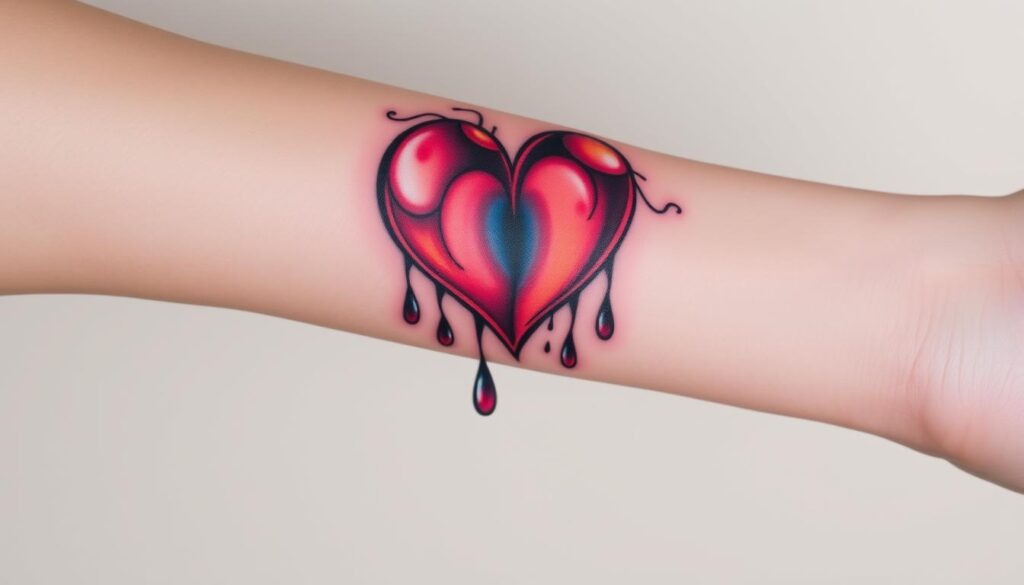
Modern Interpretations of the Classic Design
The classic crying heart tattoo has changed over time. Today, artists add their own twist to this emotional symbol. They keep the core meaning but add realism, abstract art, or minimalism for a fresh look.
Modern crying heart tattoos might have detailed lines, deep shading, or bright colors. They often mix the crying heart with flowers, animals, or stars. This tells a deeper story of the person’s life.
Even with new styles, the crying heart tattoo still stands for heartbreak, strength, and memory. Its design allows for endless creativity. This makes it a lasting choice for those wanting to mark their emotional paths through modern tattoos and emotional tattoo meanings.
| Tattoo Design | Symbolic Meaning |
|---|---|
| Minimalist Crying Heart | Simplicity, Vulnerability |
| Realistic Crying Heart | Attention to Detail, Emotional Depth |
| Abstract Crying Heart | Conceptual Interpretation, Individuality |
| Crying Heart with Floral Accents | Beauty, Healing, Remembrance |
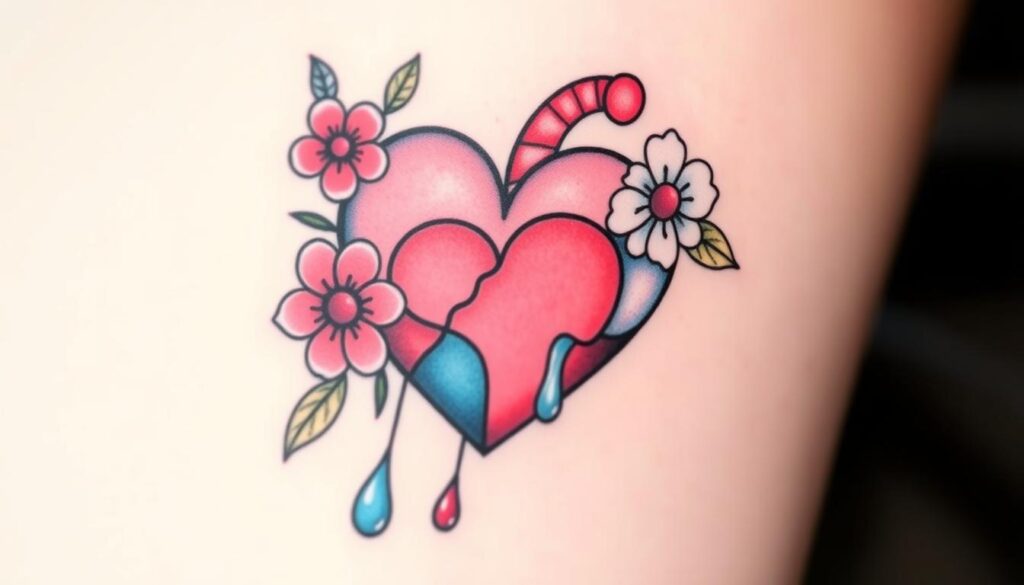
“The crying heart tattoo is a timeless symbol that continues to evolve, allowing people to express their most personal and profound emotions through the art of body ink.”
Color Choices and Their Meanings in Crying Heart Tattoos
Choosing colors for crying heart tattoos is very meaningful. Traditional designs use bold colors like red, blue, and yellow. Each color has its own emotional meaning.
Red often means passion, love, and strong feelings. Blue can show sadness or the deepness of emotions.
Traditional Color Palettes
Classic crying heart tattoos use bright colors to grab your attention. They often contrast red hearts with black tears. This mix shows the mix of love and sadness.
Yellow, a bright color, can mean hope and getting through tough times.
Contemporary Color Variations
Today, tattoo colors have changed. Modern designs might use softer colors like pastels or black and grey. These colors suggest quiet thought and personal feelings.
Some artists use neon or bright colors for a bold look. These tattoos show strength and turning pain into power.

Crying heart tattoos are powerful symbols of human feelings. They show both sadness and hope. These tattoos celebrate the human spirit’s strength and the power of self-expression.
The Resurgence of Traditional Crying Heart Tattoos
In recent years, crying heart tattoos have seen a big comeback. This is because people are now more into classic tattoo designs and their deep meaning. These designs are loved for their timeless beauty and emotional depth.
The crying heart tattoo is a symbol of heartbreak, growth, and remembrance. It has a long history in American and Western European tattooing. Today, it inspires a new wave of tattoo lovers to explore its traditional tattoo reference and emotional depth.
Many factors have led to the comeback of these classic designs. One reason is the growing interest in honoring tattoo legends like Bert Grimm. The crying heart also resonates with those who want to mark important life events, like losing a loved one or overcoming challenges.
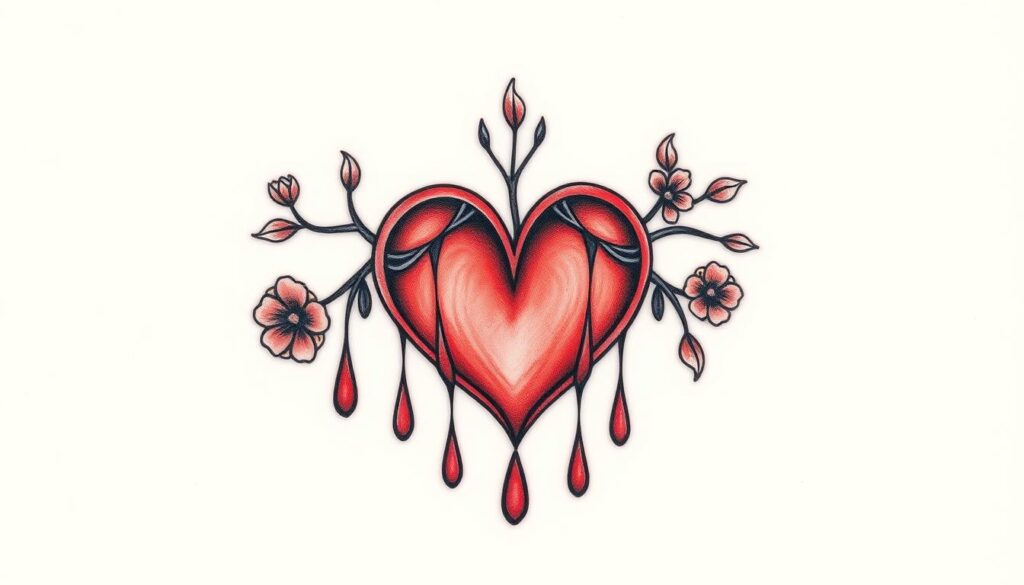
As crying heart tattoos become more popular, artists are finding new ways to express this classic design. They create everything from bold, graphic designs to delicate, detailed ones. This shows how the crying heart can fit many styles and personal stories. It celebrates the history of traditional tattoos and the power of symbols to express human emotions.
| Traditional Tattoo Design | Symbolic Meaning |
|---|---|
| Skull Tattoos | Death, mortality |
| Ship Tattoos | Strength, power, courage |
| Nautical Star Tattoos | Guidance, protection |
| Swallow Tattoos | Navigation skills, safety |
| Anchor Tattoos | Stability, faith, security |
| Crying Heart Tattoos | Grief, loss, deep affection |
Artistic Elements and Design Variations
Crying heart tattoos often have detailed artistic elements that make the design more emotional. Teardrops or water elements are common, adding to the heartache and sorrow. These details show the pain and vulnerability of the “crying heart” theme.
Artists add decorations to the classic crying heart design to make it more appealing and meaningful. Roses or forget-me-nots can symbolize the mix of love and loss. Sharp objects like daggers or barbed wire show the sharp pain of heartbreak.
Some crying heart tattoos take a more abstract path. Designs with cracked or shattered hearts show a broken heart. Multiple hearts can represent the different emotions in love. Faces or expressions in the heart shape make the tattoo personal, showing specific feelings or experiences.
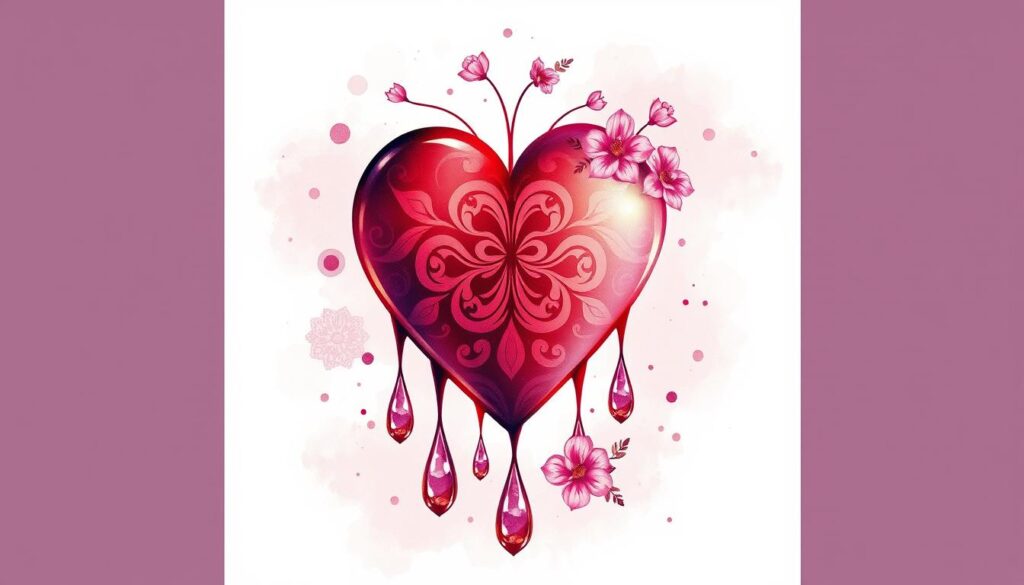
The artistic elements and design changes in crying heart tattoos show how personal this art is. Tattoo artists use unique visuals to help clients share their emotional stories. This helps them show the healing process from heartache.
Healing Process and Aftercare for Heart Tattoos
Getting a crying heart tattoo is a personal choice that carries deep emotional meaning. Yet, the healing process is similar to any tattoo. It’s key to take good care of it to keep the colors bright and lines clear for years.
The first healing phase lasts 2-4 weeks. It’s vital to keep the tattoo clean and moisturized during this time. Use fragrance-free soap and apply unscented lotion. Also, stay out of direct sunlight to avoid fading or damage.
The emotional healing of a crying heart tattoo is just as important as the physical recovery. Many see it as a way to grow, heal from heartbreak, or remember a loved one. Reflecting on the tattoo’s meaning is a big part of the journey.
- Keep the tattoo clean and moisturized during the initial 2-4 week healing period
- Avoid direct sun exposure to prevent fading or damage to the new ink
- Embrace the emotional significance of the crying heart tattoo design
- Consider the tattoo’s meaning as an important part of the healing process
By focusing on aftercare and the emotional side of a crying heart tattoo, you can keep your tattoo vibrant and meaningful for years.
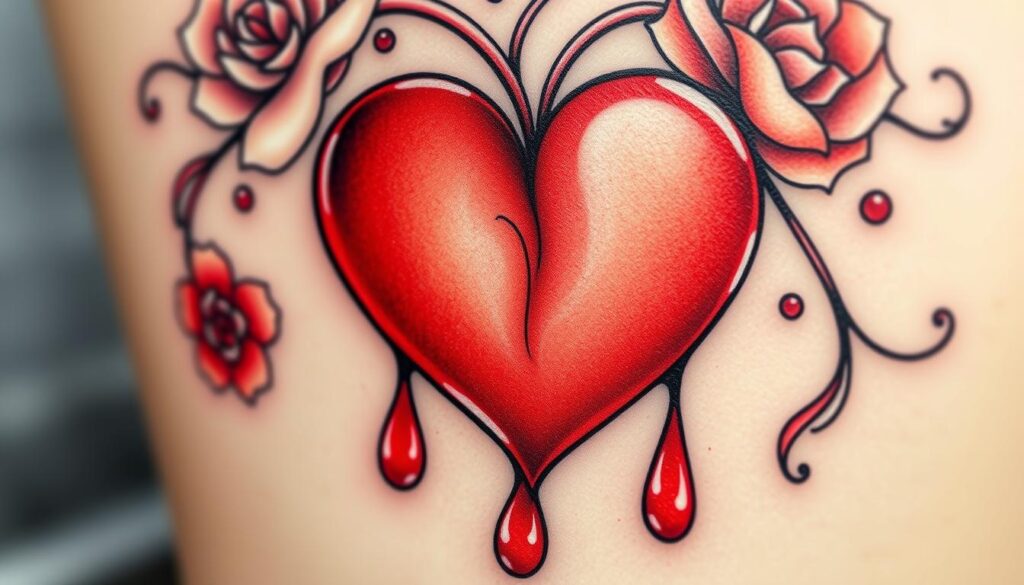
“Tattoos have a way of telling our stories without words. A crying heart tattoo can be a powerful symbol of personal growth, resilience, and the beauty that can emerge from our darkest moments.”
Finding the Right Artist for Your Crying Heart Tattoo
Choosing the right artist for your heart tattoo is key. They should know the history and meaning of traditional tattoos. A good artist will make your tattoo special and true to its symbolism.
Portfolio Considerations
First, look at the artist’s portfolio. Check if they have experience with traditional tattoos. Look for bold lines, bright colors, and classic images. An artist skilled in classic tattoos will capture the emotional depth of a crying heart tattoo.
Style Matching
The artist’s style should match what you want. Check their past work to see if they can do the detailed, vintage look of a crying heart tattoo. An artist who knows both art and symbolism will make your tattoo real and meaningful.
Finding the right artist for your heart tattoo is crucial. Look at their portfolio, style, and understanding of traditional tattoo reference. This way, you’ll find someone to create a beautiful meaningful heart tattoos that tells your story.
Personal Stories and Tattoo Meanings
The crying heart tattoo is a powerful symbol for those who have faced heartbreak and change. It’s a way to share personal stories of triumph and struggle. These tattoos capture the essence of our lives.
For many, the heartbreak tattoo shows their strength. It reminds them of the pain and growth they’ve seen. The tears symbolize the healing process, a visible sign of moving forward.
Some people get a crying heart tattoo to remember a loved one. It’s a touching tribute, keeping their memory alive. These tattoos are a deep emotional connection to the past and a way to honor those who are gone.
The crying heart tattoo is deeply meaningful. It reflects the human experience, capturing our most significant moments. It shows the heart’s power to transform us.
| Tattoo Meaning | Percentage of Tattoos |
|---|---|
| Deep, personal meaning | 100% |
| Commemorating a deceased loved one | 57% |
| Symbolizing the wearer’s struggle with mental health or addiction | 14% |
| Honoring family members | 28% |
| Representing the loss of a loved one by unnatural causes | 11% |
| Dedicated to suicide awareness or prevention | 4% |
| Representing a specific memory shared with the deceased | 32% |
| Involving geographic coordinates | 4% |
| Indicating a struggle with personal challenges | 11% |
| Featuring handwritten elements | 11% |
The crying heart tattoo is versatile and meaningful. It can tell personal stories, honor loved ones, and symbolize resilience. Each tattoo is a unique expression of the wearer’s journey, a permanent reminder of the heart’s strength.
Common Design Combinations and Complementary Elements
Crying heart tattoos often mix with other traditional tattoo pieces. This creates more detailed designs. Elements like roses, daggers, anchors, or swallows add to the tattoo’s meaning or symbolism.
Roses stand for the beauty and pain of love. Daggers symbolize strength and protection. Anchors mean stability and security. Swallows represent loyalty and new starts.
Adding text or dates to a crying heart tattoo makes it personal. It can mark a special event, honor a loved one, or share a meaningful quote.
Combining these elements with the crying heart makes for a striking design. It honors the classic tattoo style while telling the wearer’s story and emotions.
Conclusion
Crying heart tattoos are a strong symbol in tattoo culture. They show deep emotions and personal stories through simple designs. This has made them popular for years.
These tattoos can be traditional or have emotional tattoo meanings. They also mark personal growth. People choose them for meaningful body art.
Broken heart tattoo designs are varied. They range from hearts torn in two to those mended with stitches. These designs show the depth of love, loss, and resilience.
Some designs, like the broken heart with wings, tell complex stories. Others, like the three-heart composition, highlight the journey of love and loss.
Modern crying heart tattoos are evolving. New designs and meanings are emerging. This lets people tell their own stories and celebrate their emotional journeys.
The lasting appeal of crying heart tattoos is clear. They remind us of the human experience. They invite us to think about love, loss, and resilience.



